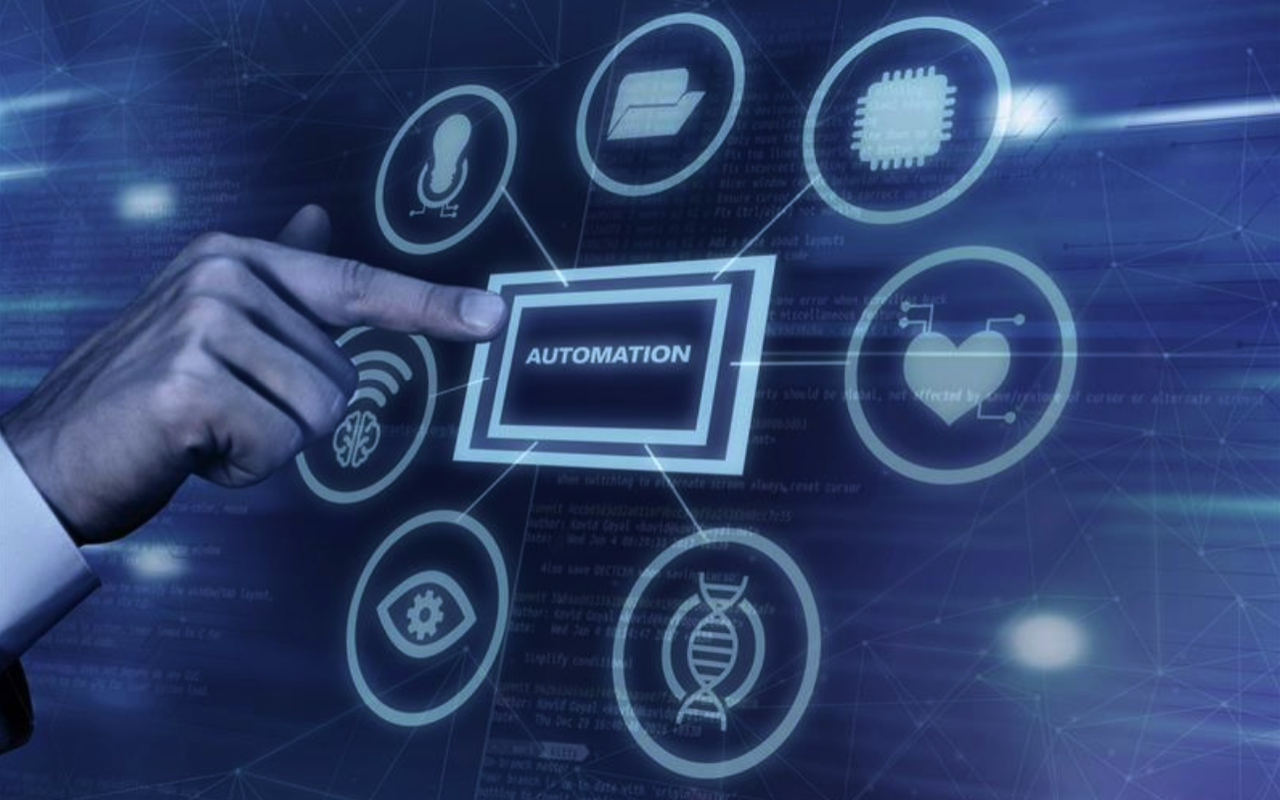
In today’s competitive retail environment, customer experience is more than just excellent service—it’s about creating personalized, frictionless, and intelligent interactions across every touchpoint. As the demand for convenience, personalization, and real-time engagement grows, Internet of Things (IoT) technology is transforming how retailers operate and connect with customers.
From smart shelves and digital signage to connected dressing rooms and predictive inventory, IoT-driven retail solutions are reshaping the customer journey. This article explores how IoT integration is enhancing customer experience, the benefits it offers, how the technology works, how to develop such solutions, and real-life use cases proving its impact.
What Are Smart Retail Solutions?
Smart retail solutions refer to the use of advanced technologies—primarily IoT, AI, and data analytics—to improve both the customer and retailer experience. IoT-enabled devices, sensors, and software systems work together to collect and process real-time data, which is then used to automate, personalize, and optimize retail operations.
IoT in retail doesn’t just enhance operational efficiency—it plays a vital role in shaping customer journeys by providing:
- Real-time product availability
- Personalized marketing
- Queue-free checkout
- Interactive shopping environments
Key Benefits of IoT Integration in Retail
Here are the top ways IoT is revolutionizing retail customer experience:
1. Personalized Shopping Experiences
IoT devices can track customer behavior, preferences, and foot traffic patterns. This data can be used to send personalized offers or recommendations in real time—either in-store or via mobile apps.
2. Smarter Inventory Management
RFID tags and smart shelves can detect product quantities and trigger auto-restocking alerts, ensuring shelves are never empty and customers always find what they need.
3. Interactive In-Store Engagement
IoT-enabled digital signage or smart mirrors in fitting rooms can show style suggestions, sizes in stock, or allow customers to request help instantly.
4. Frictionless Checkout
With IoT sensors and mobile apps, checkout becomes faster or even cashier-less (as seen in Amazon Go stores), reducing waiting time and enhancing satisfaction.
5. Enhanced Customer Support
Connected kiosks, mobile assistants, or even in-store robots can assist customers with queries, product locations, or recommendations without needing human staff.
6. Energy Efficiency and Cost Savings
IoT sensors help monitor energy use, lighting, and HVAC systems in real-time, leading to reduced utility costs and a more sustainable environment.
How Smart Retail IoT Solutions Work
IoT in retail involves an ecosystem of connected hardware, software, and cloud platforms. Here’s how the components work together:
1. Sensors & Devices
These include RFID tags, beacons, cameras, NFC chips, smart shelves, and wearable devices. They capture real-time data on location, motion, temperature, inventory levels, and customer interactions.
2. Connectivity Layer
Wi-Fi, Bluetooth, Zigbee, and 5G are used to transmit data from sensors to the cloud or edge devices.
3. Data Processing & Cloud Integration
Data is sent to cloud platforms or edge servers where it’s processed and analyzed in real time. This is where raw sensor input turns into meaningful insights.
4. Analytics & Decision Engines
AI and machine learning algorithms analyze data to trigger alerts, actions (like restocking), or personalized customer interactions based on historical and real-time insights.
5. Customer Touchpoints
Mobile apps, kiosks, smart mirrors, or wearable displays present actionable data or services directly to the customer.
How to Develop a Smart Retail IoT Solution (Step-by-Step)
Creating a robust smart retail system requires collaboration across business, hardware, and software development teams. Below is a detailed process used by professional IoT software development teams:
1. Requirement Discovery
Identify retail pain points (inventory mismatch, poor footfall analysis, manual operations)
Define goals: improving CX, reducing shrinkage, increasing upsells
Select pilot locations and define KPIs
2. Device and Sensor Selection
Choose the right IoT hardware: RFID, smart cameras, shelf sensors, etc.
Ensure interoperability and scalability
3. Connectivity & Network Architecture
Plan for bandwidth, latency, and real-time response
Implement edge computing where low-latency is required (e.g., self-checkout)
4. Platform and Software Stack
Backend: Node.js, Python, Go
Frontend: React, Vue, Flutter (for apps)
Databases: MongoDB, PostgreSQL
Cloud: AWS IoT, Azure IoT Hub, or GCP
Middleware: MQTT, CoAP, REST APIs for communication
5. Dashboard & UX Design
Design intuitive dashboards for store managers to track stock, sales, and footfall
Build customer-facing apps/kiosks with clear, responsive interfaces
6. Data Security & Compliance
Implement encryption, tokenization, and secure APIs
Ensure GDPR, PCI-DSS, and other relevant compliance
7. Pilot Testing and Deployment
Start with one or two stores as a test bed
Collect data and refine hardware/software configurations
8. Scaling and Support
Monitor device performance and cloud operations
Provide ongoing software updates and security patches
Real-Life Use Cases of IoT in Retail
1. Amazon Go – Just Walk Out Technology
Using hundreds of ceiling-mounted cameras, shelf sensors, and machine learning algorithms, Amazon Go enables a cashier-less checkout experience. Shoppers simply pick up items and leave—their Amazon accounts are charged automatically.
2. Ralph Lauren Smart Mirrors
In select stores, interactive mirrors in fitting rooms recognize RFID tags in clothes. They display available sizes, colors, and style suggestions, and allow customers to request assistance or place items in a cart without leaving the room.
3. Walmart’s Smart Inventory
Walmart uses shelf-scanning robots and IoT sensors to track inventory levels, spot missing items, and ensure pricing accuracy—helping staff focus more on customer service.
4. Sephora’s In-Store Experience
Using mobile apps, AR-powered mirrors, and connected kiosks, Sephora offers personalized product trials, skin analysis, and tailored beauty recommendations, blending IoT and AI beautifully.
Essential Features to Include in a Smart Retail IoT System
| Feature | Description |
|---|---|
| Smart Inventory Management | RFID-based live stock updates |
| Beacon-based Marketing | Targeted in-store promotions |
| Digital Shelf Labels | Auto-update prices and product info |
| Smart Mirrors | Virtual try-ons and recommendations |
| Queue Monitoring | Track line length and wait time |
| Energy Management | Optimize lighting, HVAC via sensors |
| Heat Maps | Understand customer movement patterns |
| Mobile Integration | Seamless app experience |
Future Trends in Smart Retail IoT
Here’s what lies ahead in the evolution of smart retail systems:
- AI-Powered Predictive Analytics
Combining IoT with AI will enable hyper-personalized marketing and demand forecasting. - Augmented Reality (AR) & IoT Fusion
AR glasses or mirrors interacting with IoT sensors can create deeply immersive in-store experiences. - Blockchain for Supply Chain Transparency
Using blockchain to verify product origins, quality, and authenticity in real-time, paired with IoT sensors for condition monitoring. - 5G-Driven Real-Time Experiences
5G will significantly reduce latency, enabling real-time augmented content, live inventory updates, and faster mobile interactions.
Conclusion
Smart retail solutions powered by IoT are redefining customer experience by making it more personal, efficient, and engaging. From personalized promotions to frictionless checkout and predictive inventory, IoT is transforming the entire retail value chain.
For retailers ready to innovate, investing in IoT software development is the key to building a connected, future-ready store that not only meets but exceeds customer expectations. As technology advances, those who embrace smart retail today will lead the market tomorrow.
Share this post
Leave a comment
All comments are moderated. Spammy and bot submitted comments are deleted. Please submit the comments that are helpful to others, and we'll approve your comments. A comment that includes outbound link will only be approved if the content is relevant to the topic, and has some value to our readers.

Comments (0)
No comment